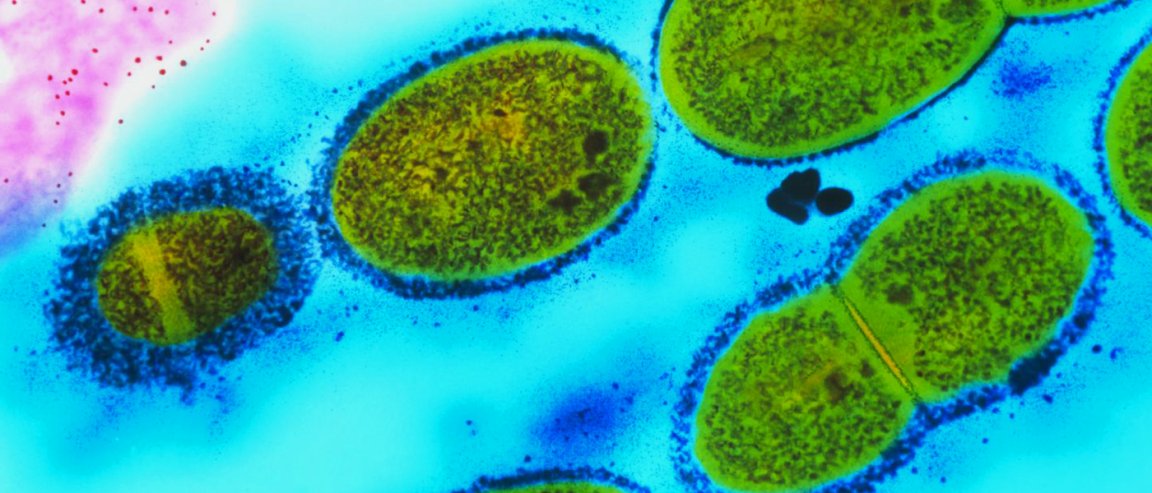
Tested On Liver Tumors
A team of scientists from the MIT and the University of California at San Diego (UCSD) are programming strains of bacteria to fight against cancer
Their new study found that certain strains of bacteria thrive in low-oxygen environments, such as tumors, and the suppression of the host’s immune system also creates favorable conditions for bacteria to flourish. When deployed together with a traditional cancer drug, the bacteria shrank aggressive liver tumors in mice much more effectively than either treatment alone.
Researchers delivered artificial genetic circuits into the bacteria, which allow the microbes to kill cancer cells in three different ways. One circuit produces a molecule called hemolysin, which destroys tumor cells by damaging their cell membranes. Another produces a drug that induces the cell to undergo programmed suicide, and the third circuit releases a protein that stimulates the body’s immune system to attack the tumor.

No Side Effects
Another genetic circuit was created to prevent potential side effects from the drugs. When the population reaches a predetermined target level, the bacterial cells self-destruct, releasing their toxic contents all at once. A few of the cells survive to begin the cycle again, which takes about 18 hours, allowing for repeated release of the drugs.
“That allows us to maintain the burden of the bacteria in the whole organism at a low level and to keep pumping the drugs only into the tumor,” researcher Sanjeeta Bhatia says.
Bhatia adds that their approach is well suited to liver tumors because bacteria taken orally have high exposure there.
The researchers are now working on programming the bacteria to deliver other types of lethal cargo. They also plan to investigate which combinations of bacterial strains and tumor-targeting circuits would be the most effective against different types of tumors.